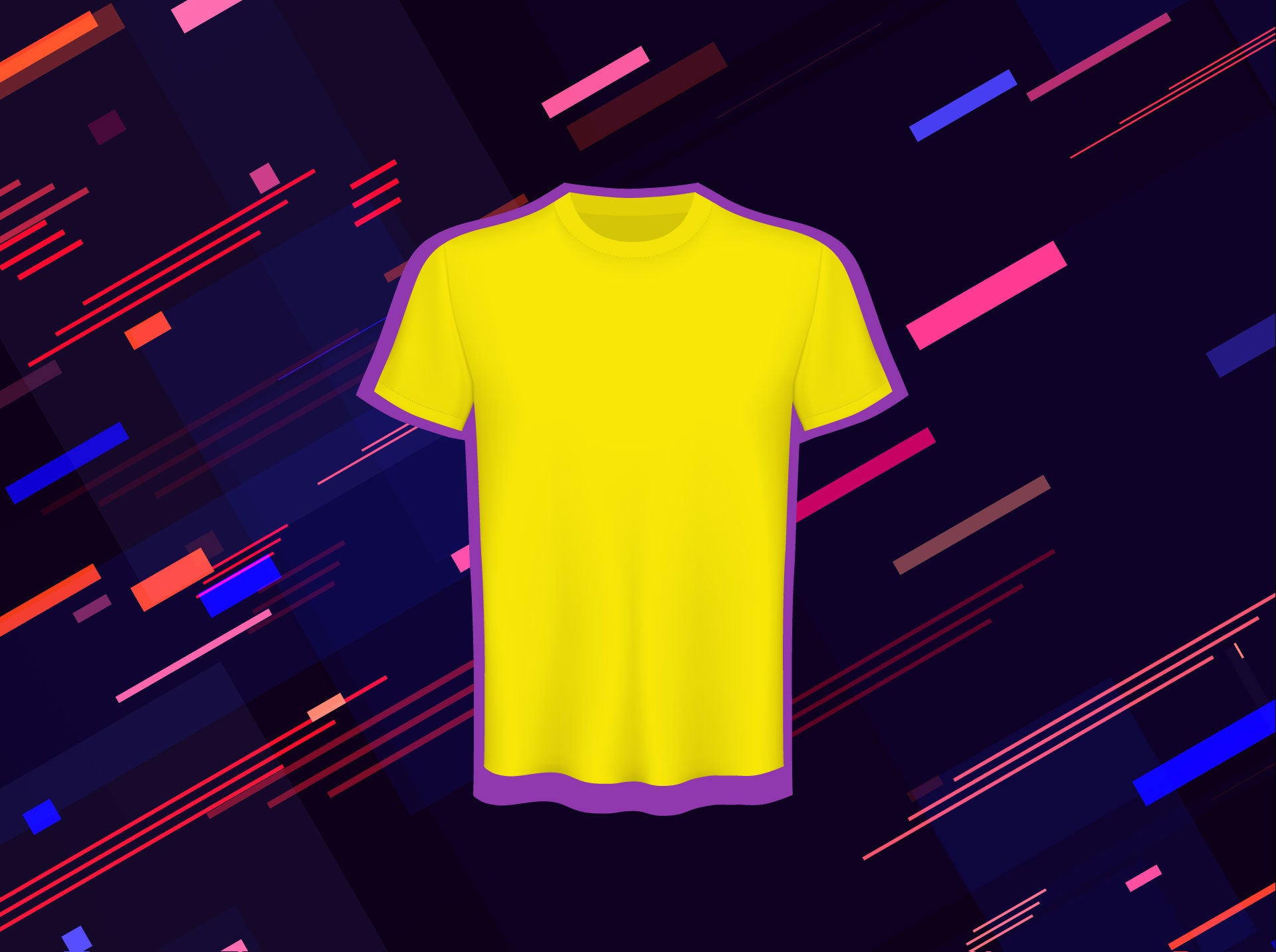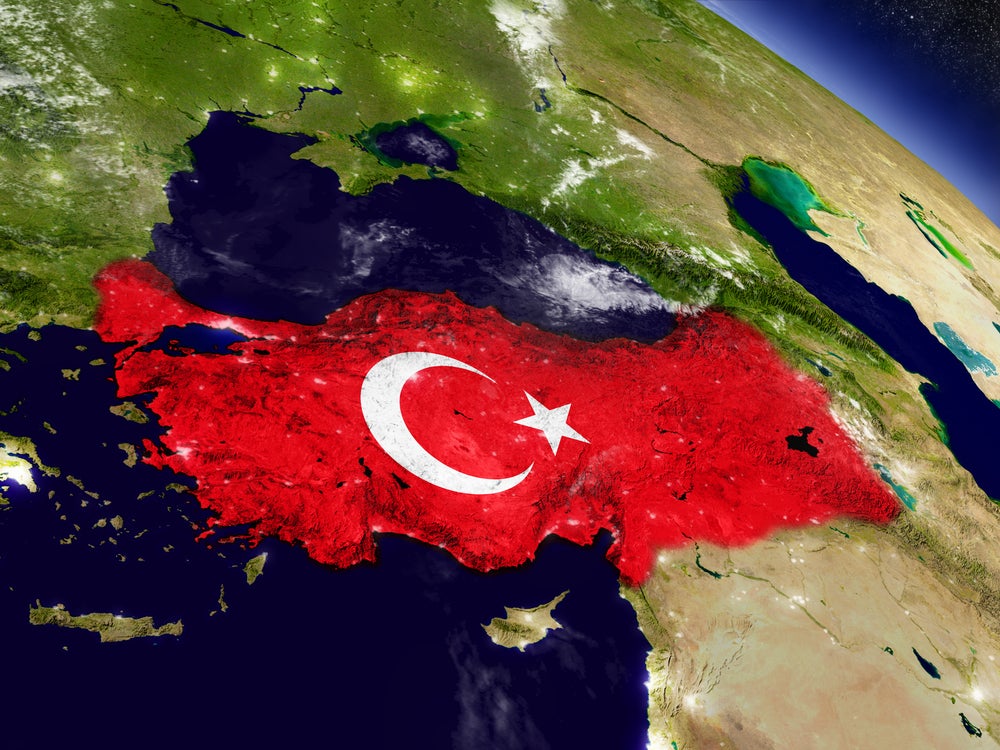
Fast fashion, the lovechild of capitalism and ephemeral trends, has a big problem. Every year, millions of tons of discarded clothing end up in landfill. There, it spews harmful emissions for hundreds of years as it decomposes.
For decades, fashion’s primary business model has been to overproduce: seeing what sells, then reducing the price. Clothes that can’t be sold end up – you guessed it – in landfill or burnt.
Made-to-order, in which clothing is manufactured only when there is specific demand for it, is the antidote to this model. The premise is simple: less wasted stock means fewer clothes end up polluting the environment.
However, made-to-order is difficult to scale up, largely because of the different factory procedures required to make a bespoke item of clothing compared to those that are mass-produced.
That’s where PlatformE, a startup that provides 3D customisation tools for brands that can interoperate with manufacturers, believes it has the answer.
Based out of Porto, Portugal, the firm initially piloted its process on its own brands.
How well do you really know your competitors?
Access the most comprehensive Company Profiles on the market, powered by GlobalData. Save hours of research. Gain competitive edge.

Thank you!
Your download email will arrive shortly
Not ready to buy yet? Download a free sample
We are confident about the unique quality of our Company Profiles. However, we want you to make the most beneficial decision for your business, so we offer a free sample that you can download by submitting the below form
By GlobalData“But very soon, it became apparent that this solution should be open to the industry and have a much bigger scope than limiting it to one brand,” says PlatformE CEO Ben Demiri, who has twenty years of experience in the fashion industry.
The startup, founded in 2015, has worked with more than 25 luxury fashion brands in the past year alone, including Gucci, Dior, Fendi and Kering.
More recently, it received $12m in a Series B funding round. It plans to use this cash injection to make its solution scalable, and it has the high street in its sights.
How PlatformE works
In the fashion industry there is a “magical triangle” of brands, retailers and factories, says Gonçalo Cruz, president & co-founder at PlatformE.
The challenge is getting each point in this triangle to communicate in a made-to-order context.
At the heart of PlatformE’s technology is its application program interface (API), which essentially lets the disparate systems of brands, retailers and factories communicate with one another.
“Anyone can do a digital collection or customizer for their own ‘.com’ or source,” says Cruz, who has a background in engineering, logistics and digital from his time at FedEx, Accenture and Groupon.
“What was very complex to do was create this abstract logic that understands pretty much every production system.”
That involves the factories, e-commerce and retail systems, as well as the delivery logistics.
“That’s quite complex,” says Cruz.
In short, it is near-impossible for individual brands to work with numerous specific factory requirements.
Instead, fashion brands can provide a 3D digital asset of an item of clothing to PlatformE, which then uploads it into its “engine”.
PlatformE’s API then translates that order into a computer language that the factory can understand, acting as a digital middleman between the different players in the manufacturing process.
“We essentially facilitate the integration journey,” says Cruz.
Made-to-order means customisation
The result breeds a new kind of shopping experience. Instead of scores of identical items of clothing lining clothes rails or collecting dust in warehouses, consumers view a product online or on a tablet in-store before placing an order. In all, PlatformE says it offers more than a billion possible combinations of customisations.
“It’s pretty much like in the car industry,” explains Cruz. “You go into a car stand and you do a test drive with one car. You don’t have 50 cars.”
As such, clothes are only made when demand is already there. Brands can also choose to offer varying levels of customisation on the item, ranging from customised fits to unique patterns to initials.
If someone were to order a shirt, for example, they could request a specific variation of it that will arrive between a “couple of days to a couple of weeks, depending on the complexity of the product”, says Cruz.
While there are other companies, such as Unmade and Farfetch in the customisation market, Cruz says that they do not offer the same API that is crucial to interfacing between that “magical triangle”.
Sustainability – the business case
In addition to reducing overproduction, customised, higher-quality and better fitting clothes are also more likely to be held on to for longer – think of that perfect-fitting pair of jeans you have had for three years.
“We can confidently say that, through our initiative, brands and retailers can adopt a 0% overproduction badge and actually own that statement, which is really, really powerful,” says Demiri.
And because these items are more unique and of higher quality, brands can charge more, making up for selling less.
Cruz says the margins are “essentially the same” after factoring the high costs associated with overproduction. Cruz says that, on average, 60% of clothing is sold at full price, while 40% is either heavily discounted or not sold at all.
“When you balance those two things, actually it’s more or less even. And we’re talking just financially,” says Cruz.
He says that factoring in the operational side – raw materials, people, time, energy – and the sustainability element, it becomes positive for businesses.
“We may not be the full answer. And I don’t believe anyone has the full answer to a fully sustainable approach,” says Demiri. “But we certainly can be sure of providing a very good alternative.”
It’s all about the data
As a supplier, PlatformE does not keep or maintain any personal data – that remains with the client. But the data PlatformE does have is valuable, showing the customisations that are popular among customers.
Effectively, this means the made-to-order customisation process doubles up as a proactive form of market research.
Under mass production processes, these kinds of insights would not be able to be drawn until after batches of clothes have been produced and then sold – or written off as waste.
“Obviously for them [the brands] this is interesting, not only because then they can creatively narrow down to the bestsellers, or the ones that have the most interesting potential, but also in terms of defining fashion trends for future collections,” says Cruz.
“They understand what customers are actually picking, which colour, which materials, which parts they are looking [at] the most.”
Data will also help refine the manufacturing process of made-to-order. If, for example, there is an order for 500 trainers, these could then be subdivided into smaller batches determined by size, material, patterns and so on.
This, in conjunction with increased automation in factories (PlatformE is working with Shima Seiki, a Japanese firm developing automated knitting machines), will lead to a huge transformation in the fashion industry, says Cruz.
“In the future it won’t be changing the setup of the factory completely,” says Cruz. “It should be organised in units and we will drive those orders into those units on an optimised flow. And so that data it’s very important to scale all of this. Otherwise, we will always be behind the regular volume players.”
Coming to a high street near you?
PlatformE has traditionally been focused on the luxury fashion market, an area suited to made-to-order customisation.
Yet it is high volume, fast fashion retailers that are the main contributors to clothing waste as a result of overproduction.
But can an industry whose business model is predicated around mass-production and selling more clothes really be expected to change?
For Cruz, it’s a matter of when, not if.
“We don’t have any doubts that volume players will enter this game and it’s not a question of years, it’s actually weeks or months,” he says.
He adds that high-street brands, or “volume brands”, are already making significant inroads into integrating digital designs into their business models.
“They’re making less and less samples,” says Demiri. “Because to be more efficient, and actually also more sustainable, you need to start with all the points where you touch physical products and to really think is this necessary.
“So, as they’re digitising their assets on the one hand, on the other hand, they’re also investing heavily into a more agile production. We’re actually right there in the middle with our solution for made-to-order and we are already having key conversations with big clients.”
For now, Demiri and Cruz cannot disclose these “big” high-street clients, but they are confident a change is on the horizon.
“There is a tectonic shift in what is going on right now,” says Demiri. “And like with everything, timing is crucial and we are right there in the middle of a conversation between digitalisation overall, and a more agile supply chain.”
“I can confidently say that there will be a platform initiative coming to a store near you.”
Read more: Future of fashion tech: how will the industry be transformed?







